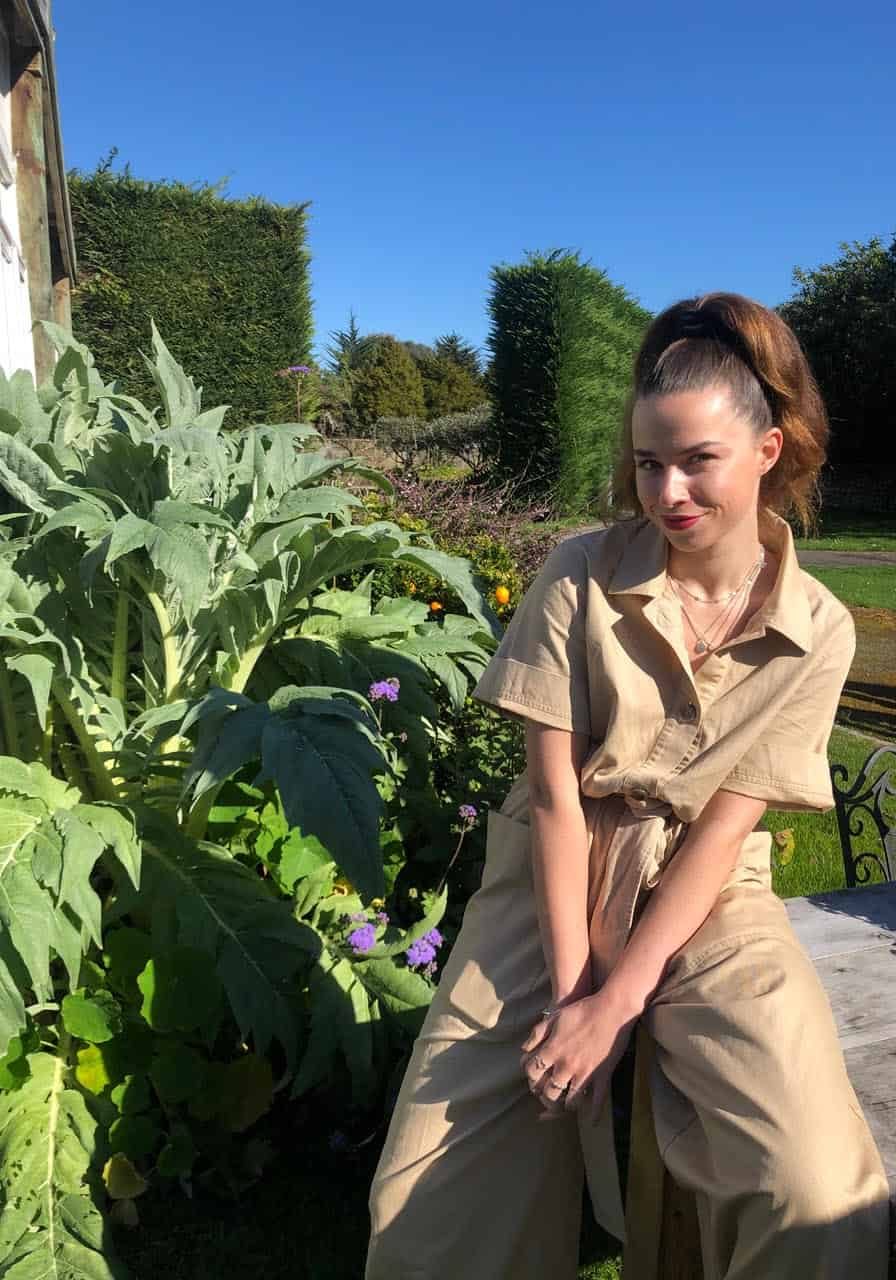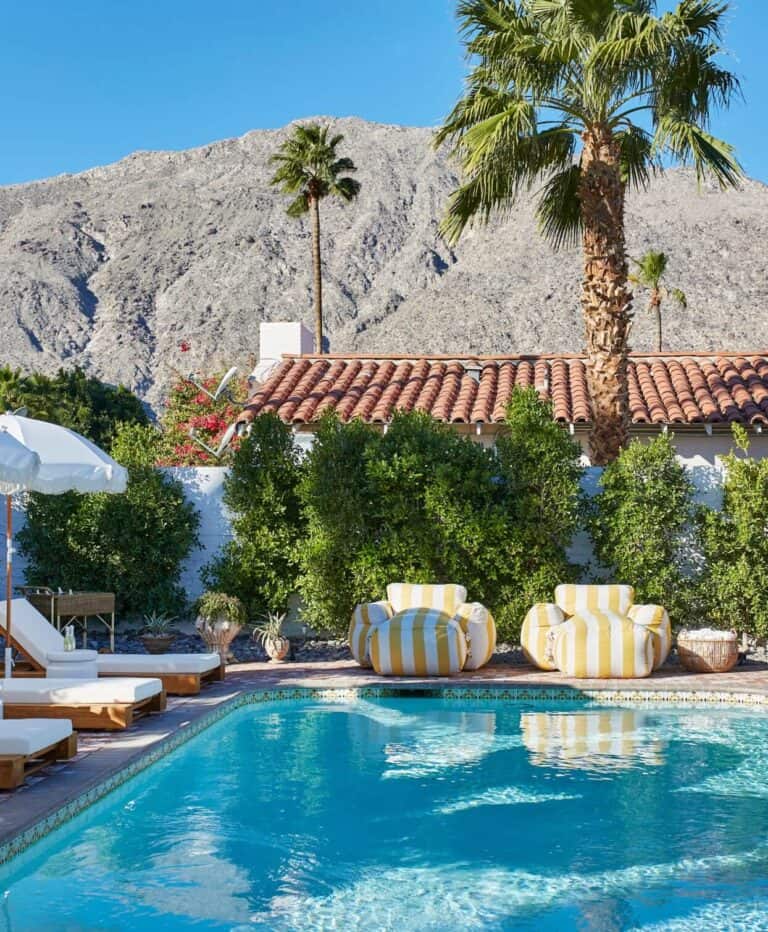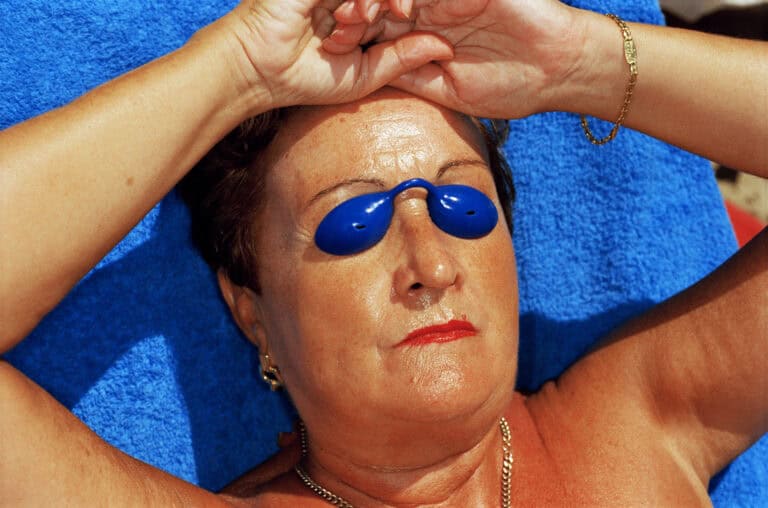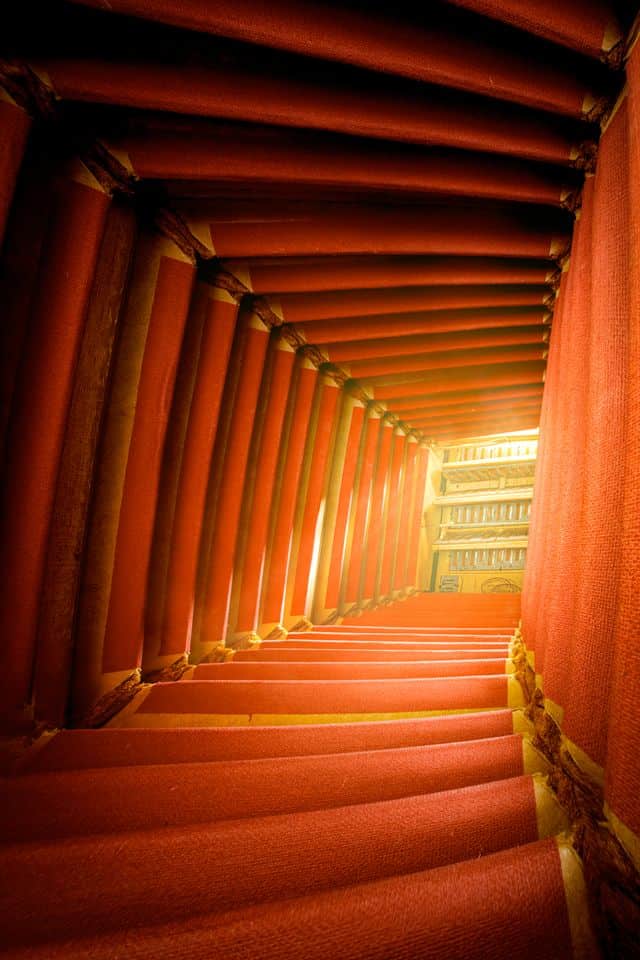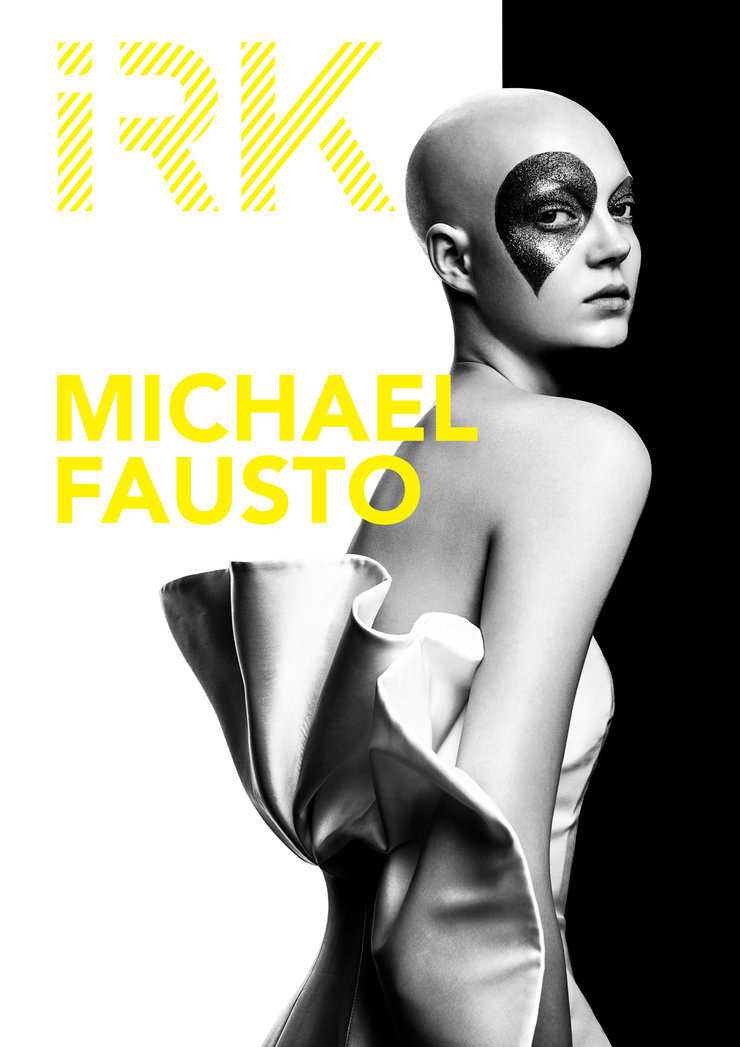
A CONVERSATION WITH MICHAEL FAUSTO
Orion Kendal
Bold, Beautiful and above all elegant. Michael Fausto is the ultimate Cinderella fairy godmother just in time for the ball, creating heavenly gowns fit for a princess. From the atelier of Oscar de la Renta Michael has learnt from the best, allowing him to create a brand that is quintessentially him.
IRK talked to Michael about what it’s like to be a creative in a global pandemic, how he’s staying creative and what we can expect next.
IRK: Why/ How did you choose fashion?
I grew up in New Jersey, surrounded by acres of trees and expansive horse farms. Sometimes I would even wake up to find oxen grazing through my backyard. This bucolic surrounding was often juxtaposed by frequent trips to New York City with my parents, as my mother was an executive at ABC News for more than two decades. Art was an integral part of my childhood; I could often be found sitting in the grass of my backyard, sketching on whatever I could get my hands on.
While the majority of my illustrations revolved around women and what they were wearing; it wasn’t until my uncle, a film editor, had shown us his most recent movie, The Devil Wear Prada, that I realised where I should be channeling my creativity. Determined to carve my path as a fashion designer, I began taking classes at a local quilting shop, just to learn how to sew. I then took summer classes at FIT where I befriended actress Sadie Friedman, daughter of Tony Award winner & Oscar Nominee Joan Allen, whom I began making dresses for (most recently dressed her for the opening night of The Waverly Gallery on Broadway).
Upon choosing what college to attend, I was conflicted with the choice of an Ivy League education at Cornell or pursuing my passion at The Fashion Institute of Technology. Choosing to follow my dreams at FIT, I was thrilled to spend the next 4 years enveloping myself in work and ready to take advantage of every opportunity I could. After interning at houses such as Oscar de la Renta, Marchesa, and Dennis Basso; I was recruited as the Associate Designer for Evening Wear and Couture at Badgley Mischka. While at Badgley, I developed new styles which were featured in Bergdorf Goodman and Saks, in addition to working on custom celebrity dressing for clients such as Robin Roberts for the Oscars and Allison Janney at the Emmys. From there I moved to Theia, an evening and bridal company, where I headed their beading and embroidery design, and had my work featured in the New York Times.
In pursuit of continuing my professional growth, I began consulting for several luxury bridal labels where my designs were featured in ELLE, Glamour, and Town & Country, and showcased by retailers such as Bloomingdales. After reflecting on how well my work had been received by press, media, stylists, and buyers, at the age of twenty-five I ventured into creating a label of my own.
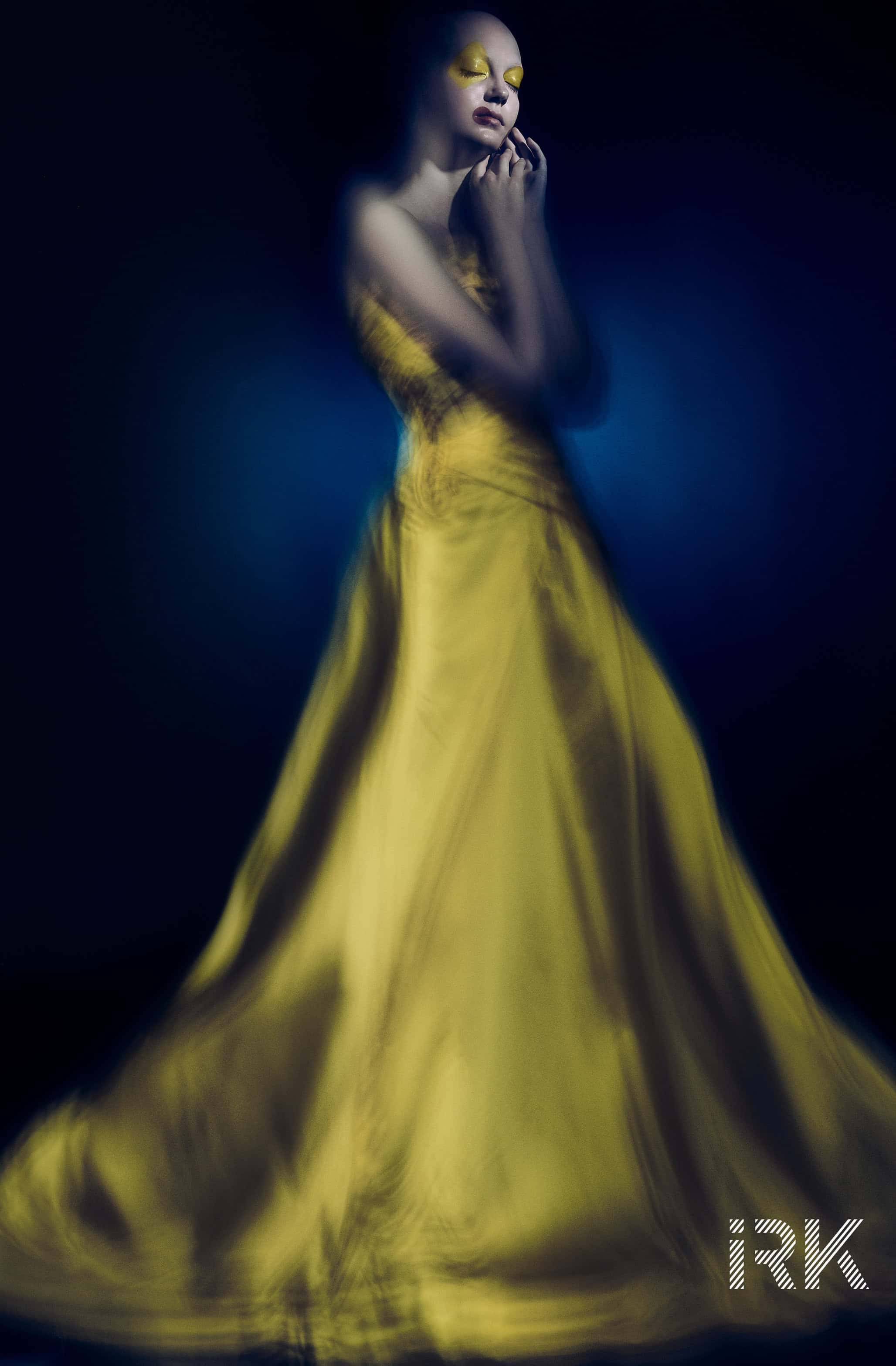
IRK: How would you describe your design aesthetic in 3 words?
Fantasy
Decadence
Martini
IRK: When creating a garment what is the most important aspect for you?
Fausto: My garment needs to evoke an emotional response. Whether through a finely detailed silk jacquard, or a hand draped swath of satin, my goal is to excite women and make them dream.
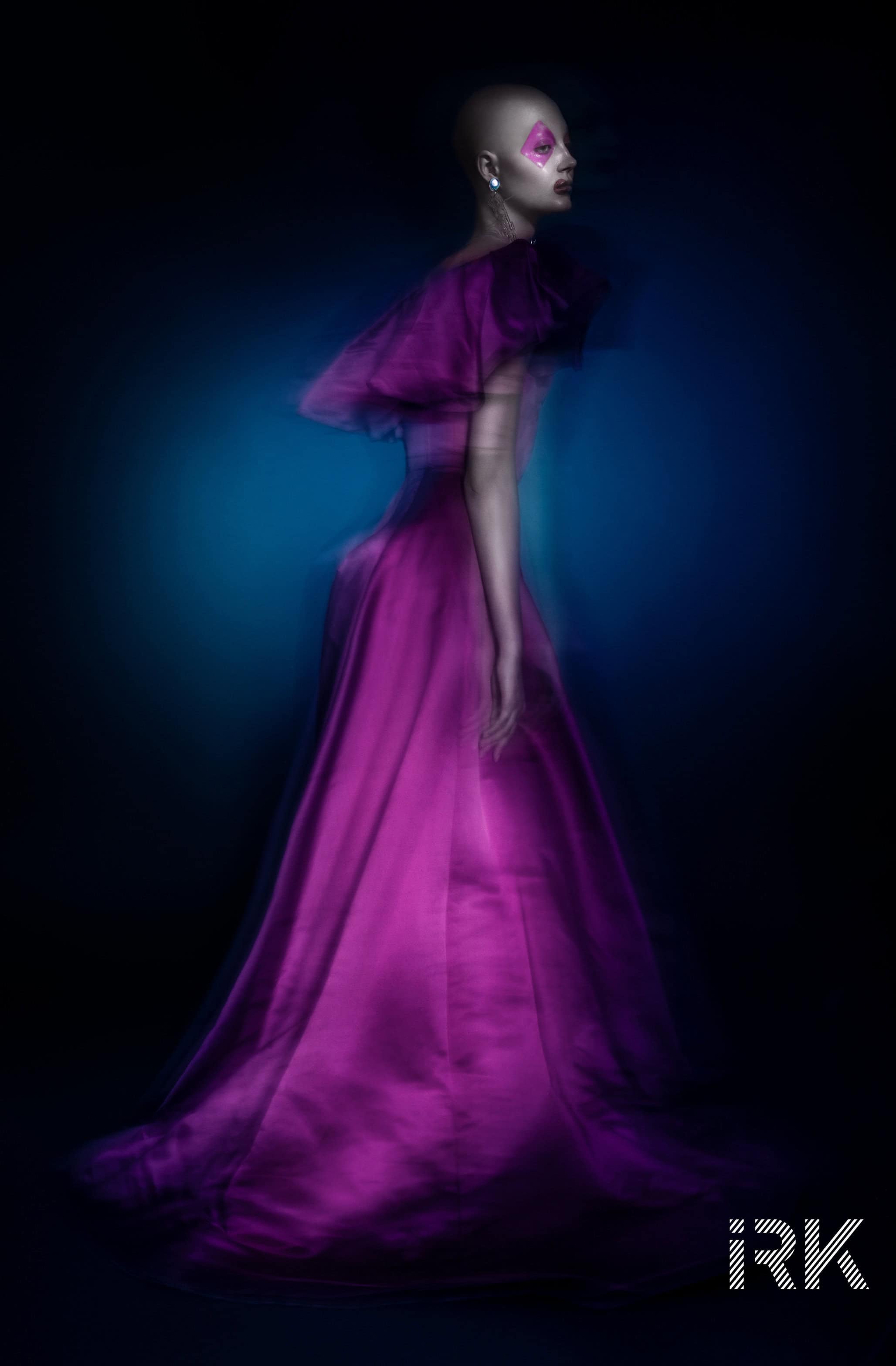
What is one narrative you try to tell with your garments
Fausto: With my designs, I always try to convey an idea of fantasy. Mind you, this fantasy can vary from envisioning an exciting job offer to jetting off to St. Moritz for the annual Snow Polo Tournament. Regardless of where my designs transport you to, there is an inherent sense of aspiration and optimism.
What is a typical day for you in Isolation?
Fausto: It’s been extremely challenging, trying to continue my work during this lockdown. I’ve had several opportunities that have been canceled or postponed, production on several styles has been completely halted, and several gowns are currently stuck at a shipping dock halfway across the world. After a morning battle with the anxiety and depression this has all prompted, I brew a fresh cup of coffee and typically check in with my factories and vendors around the globe for regional updates. Should the weather permit, my brother and I will then take a bike ride along the shore and pick up some fresh groceries from local shops. Having left New York to quarantine with my family, these long bike rides have proven to be incredibly cathartic…(if you grew up in an Italian family, you know what I mean).
Upon returning home, I self-isolate in my workroom, where I have been cutting and sewing a myriad of new styles I’ve been developing samples of with leftover fabrics. Sometime around 7pm, I decide to head downstairs and swap out my shears for a cocktail shaker. My family and I will usually reconvene in the kitchen for a cocktail hour, complete with music and antipasti while dinner is being prepared. I usually then will end my night rewatching the Soprano’s with my family, and a long phone call with my boyfriend recapping our days and dreaming of what life will look like beyond this.
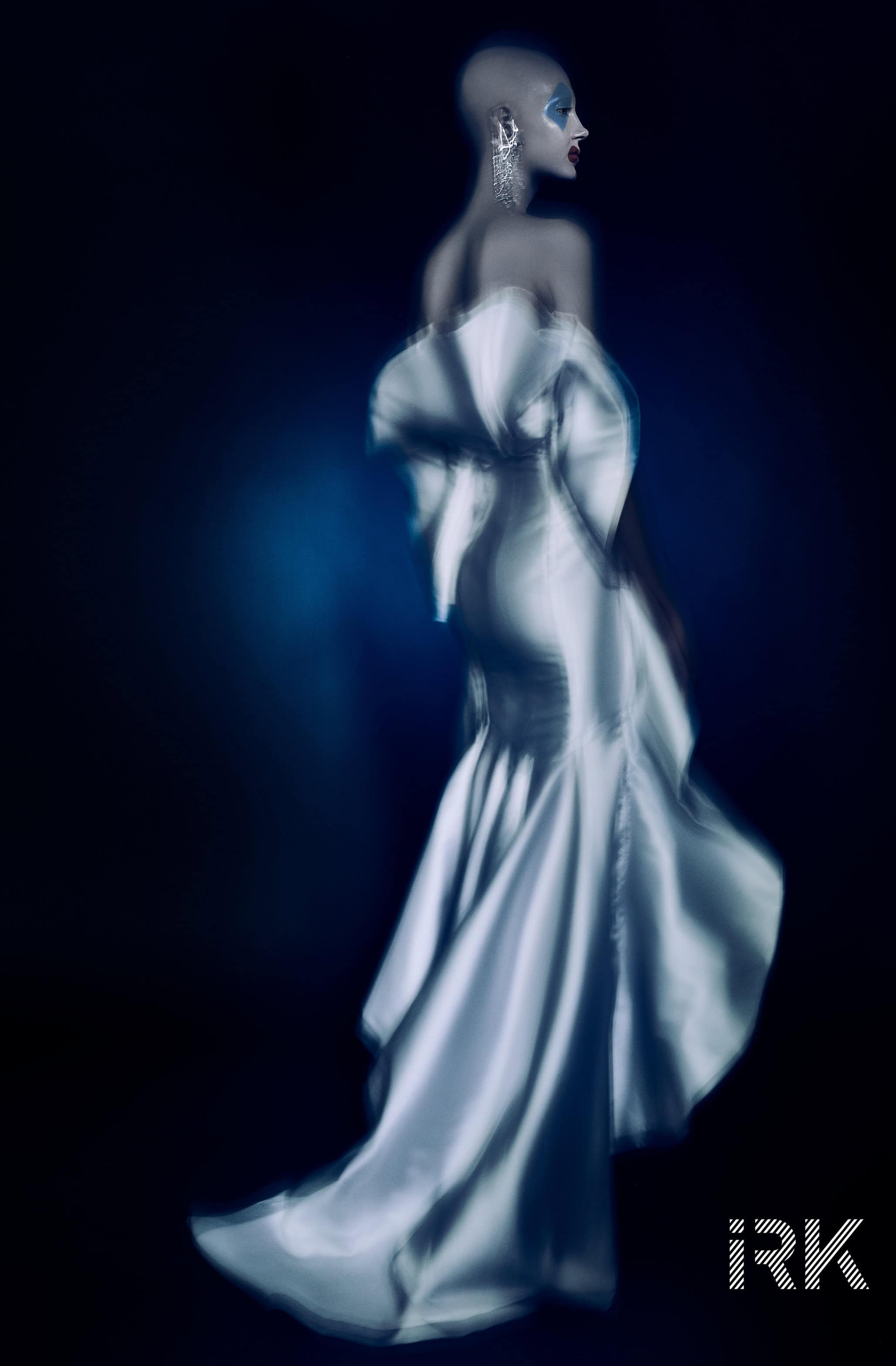
How do you stay creative in lockdown?
Fausto: Much of my creativity has always derived from a sense of escapism. During the lockdown this concept is more prevalent than ever. While in the confines of my home, I’ve found solace in the creation of a Mediterranean voyage within my mind. Reading Norman Douglas’s ‘South Wind’ for example; it’s easy to envision the crystal blue waters of Capri and the enigmatic cast of characters who once found refuge on the island as well, such as Oscar Wilde, Jacques d’Adelswärd-Fersen, and Axel Munthe. Sailing south through the Tyrennian Sea, you will port in Palermo where much of my family still resides. I have easily spent hours pouring through the island’s rich history of jewellery making, mythology, and most importantly, food! My family and I revel in our heritage, and have now been able to take time to embrace it and make traditions of our own. My brother, a recent business-school graduate with career trajectory towards private equity, has taken it upon himself to learn the art of pasta making. While he kneads the dough into tagliatelle or farfalle, my parents and I are often in the kitchen enjoying the process as well. While the world may be temporarily closed, creative outlets such as food, art, and literature, which have survived countless decades, are what sustain us.
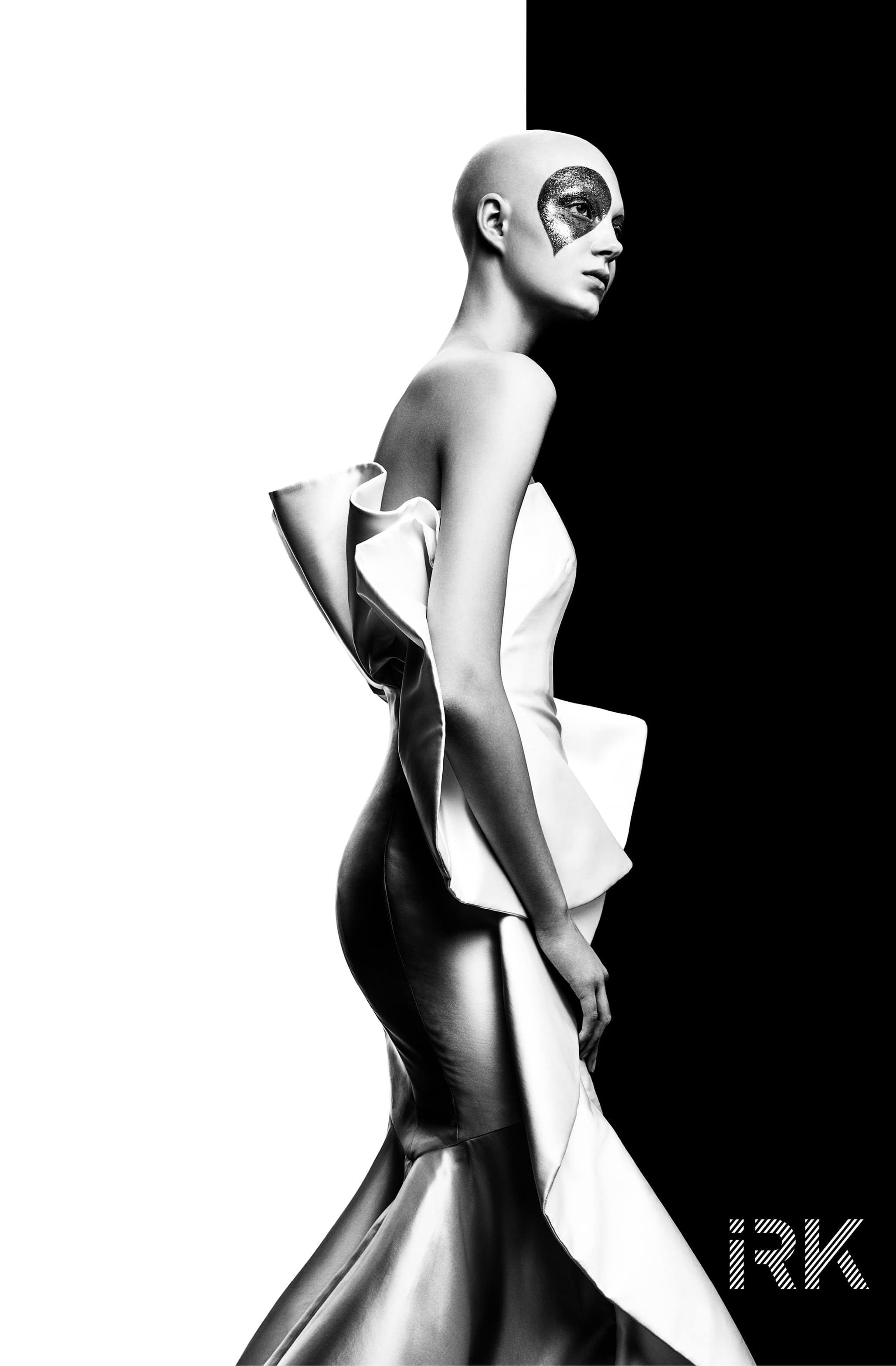
How has COVID 19 changed your goals?
Fausto: In terms of businesses affected, fashion has been one of the hardest hit by this virus. However, I believe it provided me with an opportune time to re-examine my label and percolate over what is important to bring to the industry. My debut collection just this past October was featured in WWD among other media, and afforded me many exciting opportunities including a partnership with Christofle, dressing celebrities such as Laverne Cox and Bailee Madison, and a roster of well-heeled clientele. These initial collections offered fantastical shapes and textures to spur the imagination. Thinking of a future for my line, it is important to keep this sense of fantasy alive, but I am aiming to make the dream approachable for a larger audience. No one can say if the galas and red-carpets many of my designs were created for will exist in the same way; however, I don’t see why a woman going to lunch or taking a walk in the park can’t exist in the same fantasy. The women I know are eagerly looking forward to a time when we can escape our homes and enjoy life, whether that is by reuniting with friends or enjoying a new restaurant with a date. I want to be ready with clothing that can be worn to any of these much missed activities, and that carry the same spark of optimism as the women who wear them.
What is the most positive change you have seen from this pandemic?
Fausto: I’ve found that this pandemic has helped form a stronger sense of community within people. Prior to the pandemic, it was easy be absorbed in your work or your phone, ignoring the immediate world around you. However in the current climate, I believe we are becoming much more cognizant of importance of community and connection. In fact, I am responding to this question, my mother is on the phone with a friend from high school reminiscing over letters she just uncovered after cleaning out a drawer. Just the other day I was sewing masks for my neighbours who operate a local farm & nursery, and later that evening we enjoyed a glass of wine together across our respective property lines. This moment of pause has provided a much needed opportunity to appreciate what and who you have around you. It is an important reminder that beyond the world of globalisation, high velocity businesses, and Reagan Era revenues, the friendships and family you cultivate are just as interesting.
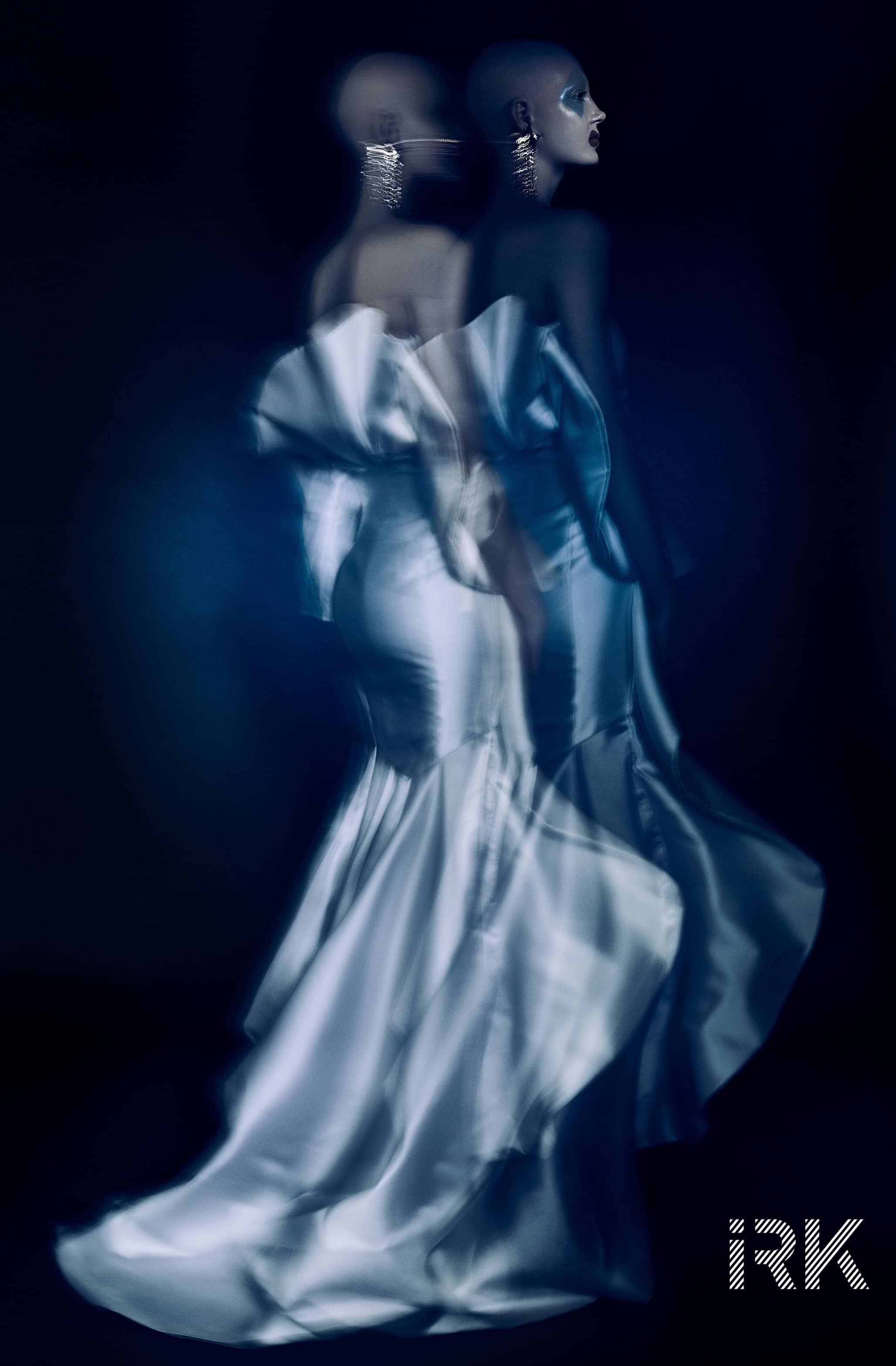
How has this pandemic affected your business?
Fausto: Prior to the lockdown, I was preparing for several exciting projects. One was collaboration with Bloomingdale’s 59th St Flagship, on a showcase featuring a selection of young evening designers. This would have been my first foray into a larger luxury retail environment and introduced me to a much larger audience. Unfortunately this had to be postponed, along with the many other events I was commissioned to outfit clients for. While I am still developing several gowns for brides with weddings in 2021, I am unsure if the same multitude of red-carpets and events I was previously sending styles out for will return in the same way.
Will you be changing the way you practice your business in the long term?
Fausto: I think the shockwaves of this pandemic are going to alter the operations of business across multiple sectors. Even before the lockdown went into effect, the fashion industry was beginning to go into a contraction. Revered designers like Zac Posen had to close shop, I don’t need to mentioned the post-apocalyptic movie-set that Barney’s became… The virus just accelerated what was already in motion, and now it is evolve or die.
As with most other business owners, I am currently trying to understand what consumers will be ready for and want in the future. Are people going to become comfortable in their homes and be more interested in sophisticated lounge-wear, or will they be eager to get out of the house and put on their best party dress? Regardless, with the entire fashion calendar in flux, I don’t think the normal customer cares about if a dress is from the past F/W collection or the current S/S collection. I want to take the opportunity to produce concentrated thoughtful collections. Rather than investing funds into large scale productions and 4-6 collections a year, we are looking into how to further develop an online presence, whether that means with interactive virtual showrooms or exciting campaign videos.
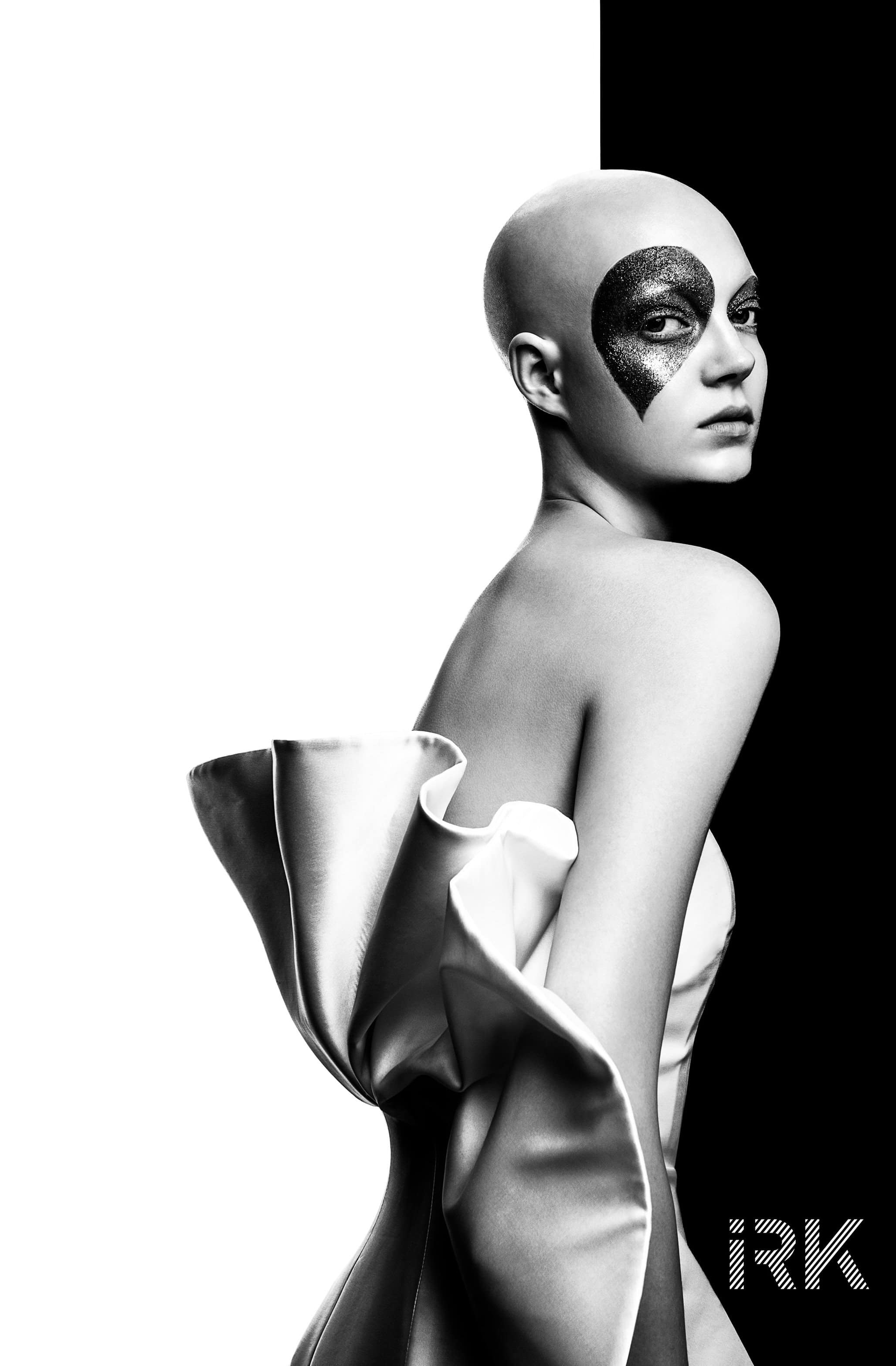
Isolation seems to be good for the environment. Do you think the consumer will now pay attention to buying locally and to how sustainable the clothing is?
Fausto: I think in general there will be a decline in interest for large scale fashion retailers. This period of slowdown in the industry is going to severely affect their financial solvency, as they need to move massive amounts of product to keep afloat. I believe consumers will be more excited to discover local independent boutiques and specialty retailers. Not only does this support smaller artists and designers, but also helps promote a slower more sustainable production cycle. In turn, there is going to be less of an emphasis on seasonal dressing in terms of designers producing collection after collection. Look at what YSL is doing, they are creating their own calendar and delivering collections driven by creativity, not seasons dictated by buying teams. This will hopefully lead to a decline in the excessive over production of clothing that has plagued the industry for years.
Will this have an impact on your process?
Fausto: My designs have always leaned towards more specialty pieces and small production runs. While I am moving towards producing more accessible pieces, my process will not differ much. It is important to me to keep development and production in New York, so that I can be hands-on in every step of the process. My fabrics and trims are ordered in small lots, I know most of my sewers and pattern-makers personally, it’s a much more exciting way to develop my line. If anything, this pandemic has made me more confident in my process. I take on what I feel comfortable and ready for, never over-producing or expanding too quickly. In doing so, each capsule or collection I develop feels special, which is how the consumer needs to perceive it as well.
What is your vision of the future?
Fausto: While it is difficult to see an end in sight, with the constant news cycle offering little if any slivers of hope, I remain an optimist. Perhaps we will soon enter our own ‘renaissance’, where the arts, literature, and humanism will flourish again! These lock-downs have provided the general population with a period of introspection and time to indulge in activities we may have never placed much value in. In my imagination, I envision a world where post-quarantine, artists who were once stock-brokers will emerge to share their talent, poets who once were actuaries will be debut a collection of sonnets. We will all be eager to rediscover the world around us, and it is exciting to imagine how this newfound creativity will help rebuild our society.
If you were forced to spend the lockdown with 3 other people from the fashion industry, who would they be?
Fausto: Assuming my options are limited to those currently alive, I would spend my lockdown with the below.
Valentino Garavani – I highly admire his success and insight into not only the world of couture, but also his understanding of what a woman is attracted to. I often think of his simple quote ‘I know what women want. They want to be beautiful’. We’d also hopefully be in lockdown at his villa in Cetona!
Donatella Versace – Considering our families come from the same southern region of Italy, I’m sure we would hit it off in the kitchen over a glass of wine, while stirring the Sunday sauce.
Eleonora Kennedy – I had the pleasure of meeting her on the Ambassador out to East Hampton this past summer. Once a luxury clothing buyer, she is now a philanthropist and on the Couture Council at the Fashion Institute of Technology. A documentary of her and her late husbands relationship and political activism, called Radical Love, was set to premiere at SXSW before the quarantine went into affect.
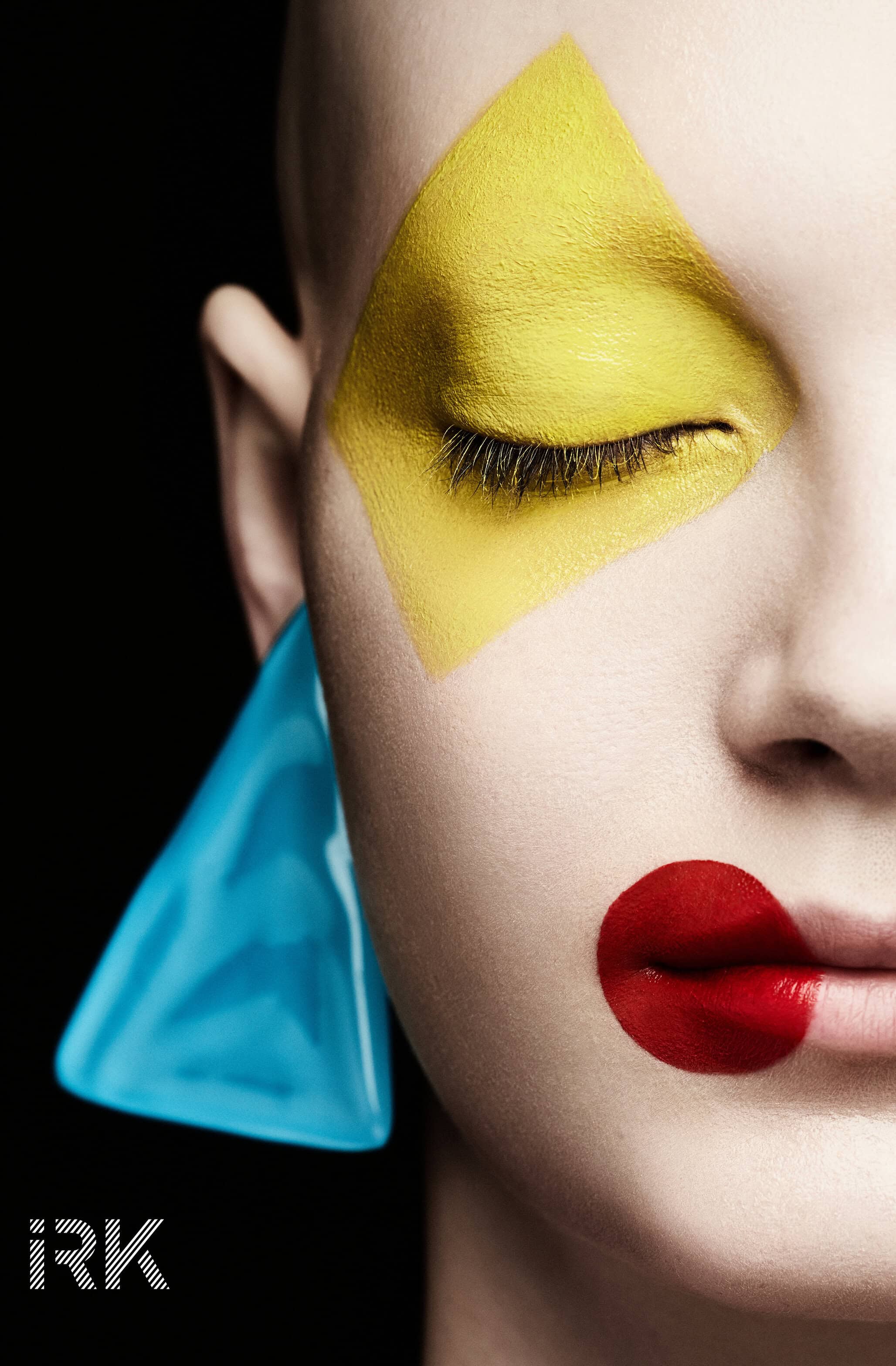
What would you tell young aspiring designers/creatives?
Fausto: I think it is so important to find a community of support, a collection of mentors and peers who can offer inspiration, insight, or advice. These people don’t necessarily need to be in your respective industry, but perhaps they can share with you a little known art-gallery you should visit, or offer financial advice should you want to start a business. There is no specific path to follow for success, especially in this industry; which is why I find it vital to surround yourself with the support of people from all walks of life.
Credits:
Photographer: Lindsay Adler
Fashion Editor: Cannon @ The Only Agency
Market Editor: Alexandra Gramp
Assistant Stylist: Orion Scott
Model: Yana Dobroliubova @New York Models
Hair and makeup by Mark Williamson @ Artist Management Miami and @ Creative Space Artists using @macpro, @maccosmetics,@artisbrush and @privehairAssisted by Joel Marriott @joelmarriotmakeup
For more on Michael Fausto here

Share this post

